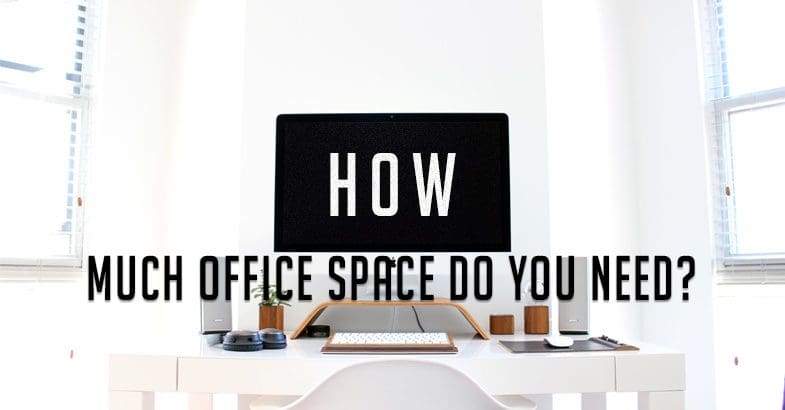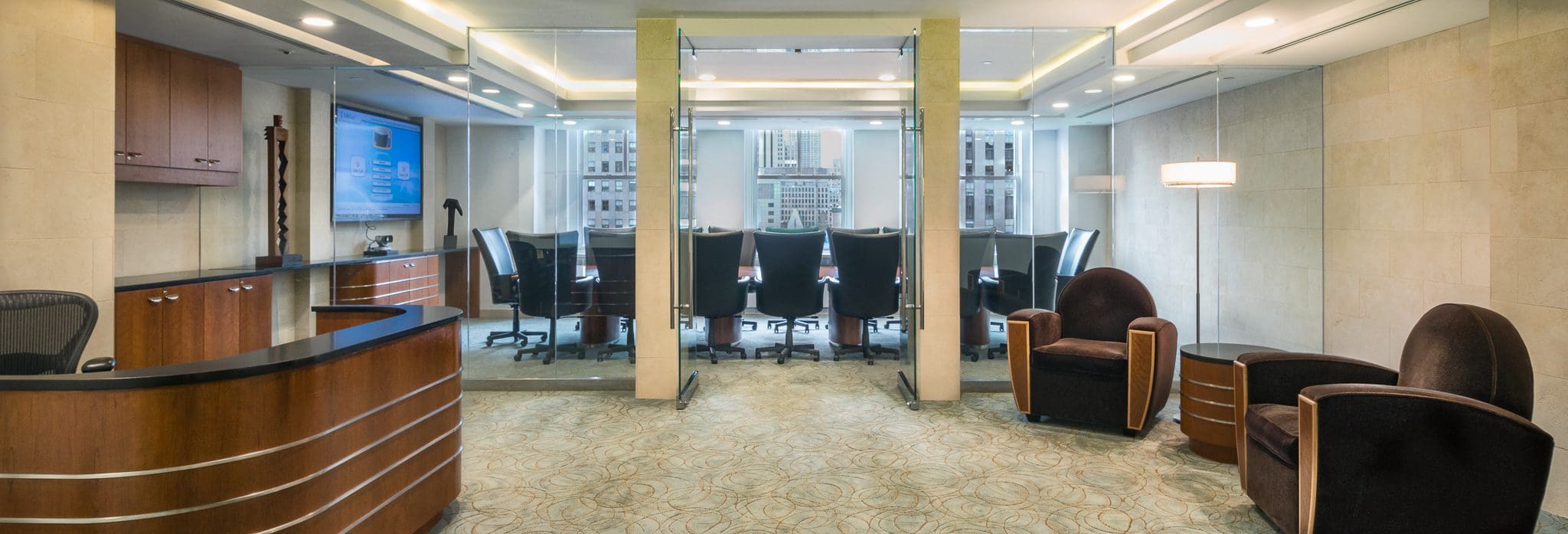How Much Office Space Do You Need?

DETERMINE YOUR OFFICE SPACE REQUIREMENTS
The first thing to consider when deciding what your office space requirements are is the maturity of your business. Are you looking for your first office after starting your business from home? Are you the sole employee and founder or do you have co-founders plus employees who work remotely? At this stage, growth projections are hard to fathom and the smaller the investment in the rent the better. If you are moving from an office due to expansion and have a few employees, you may have a better scope of things and project your growth and needs more accurately. You should consider the role of your employees and if any of your senior managers need an individual office. Space and desk allocation can be seen as favoritism, so be sure to assign them with a fair method in mind.
TIPS FOR DETERMINING YOUR OFFICE SPACE REQUIREMENTS
Number and role of employees
If you are a small or a medium size business owner, your office budget is very closely correlated to your growth potential. Adding more clients means adding more employees and promoting existing ones. In your common working area, it is widely accepted that the average employee should have about 125 sq. feet of space. Individual offices range from 200 sq. feet for mid-level managers to 400 for the top level. However, if you are cost-oriented, you don’t have to follow this guideline. You can do with less if your business model allows it. You can utilize smaller spaces in order to free capital for other initiatives.
Meeting rooms, reception, and kitchen
Conference rooms have become associated with the company, leadership, and the image of a business. In a business that is in its early stages, they are rarely fully utilized and at average of 400 sq. feet can be a very costly accessory. So, if your team is small and your image does not depend on your meeting room, you should consider renting them as needed. Designated reception and kitchen areas are also associated with more mature companies with a solid portfolio of clients and a good growth curve. You could save on these if you have a shared office arrangement or you could eliminate one or the other if your business model allows it.
Growth projections
The most difficult office size to select is when you choose your first office. You have just made a small leap and have your first sustained revenue stream. Projecting your growth from this position is difficult. The rule of thumb is to aim for an office 20% larger than your current staff. If you have 10 employees and are moving offices, pick one that fits 12. That way you are not risking much and will probably be able to rearrange things and fit 14 if necessary. Your office space should be just a step behind your revenue growth. This way, you don’t overspend but at the same time do not create discomfort for your employees.






